June 6, 2016
Could wood one day again be the material of choice for buildings? In response to rising construction costs and climate change, there's been a resurgence of interest in wood construction, with some even saying that we're in the beginnings of a "timber age." Many architects, engineers and builders have started to embrace the material, having erected, or making plans to construct, high-rises that reach several hundred feet in the air. In fact, in April, one architecture firm proposed bringing a 1,000-foot timber tower to London's Barbican. But is wood really a reliable alternative to concrete and steel? What about fire safety? And how tall can we really go at this point in time without compromising a building's structural integrity?
To answer these questions and many more, 6sqft decided to pick the brain of DeSimone Project Manager Joseph Gulden. DeSimone is one of the world's leading engineering firms with a roster of top NYC projects that include Zaha Hadid's High Line project, 220 Central Park South and 45 East 22nd Street; Joseph himself is a licensed Professional Engineer (PE) as well as a licensed Structural Engineer (SE) with extensive experience constructing in regions with high seismic risk. He's also worked on numerous high-rises and tall wood structures both in the U.S. and abroad.
Ahead Joseph discusses some of the challenges and advantages of building with wood, engineered timber, deforestation concerns, and if a wooden supertall will ever be in reach.
read the interview here
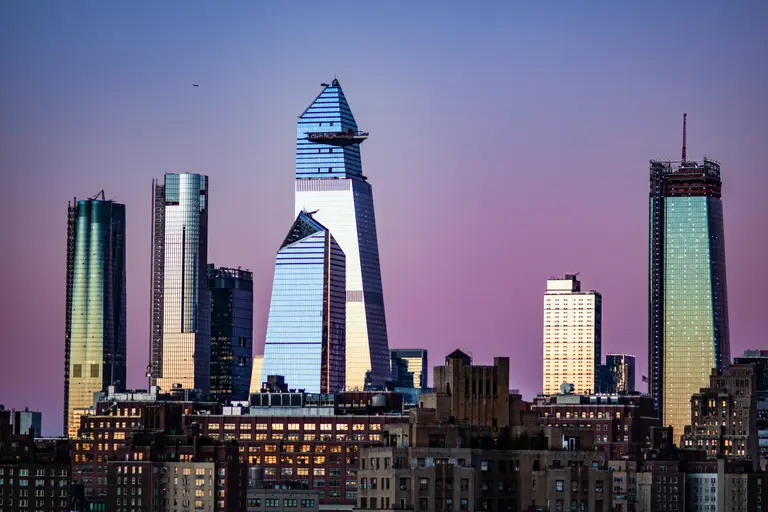

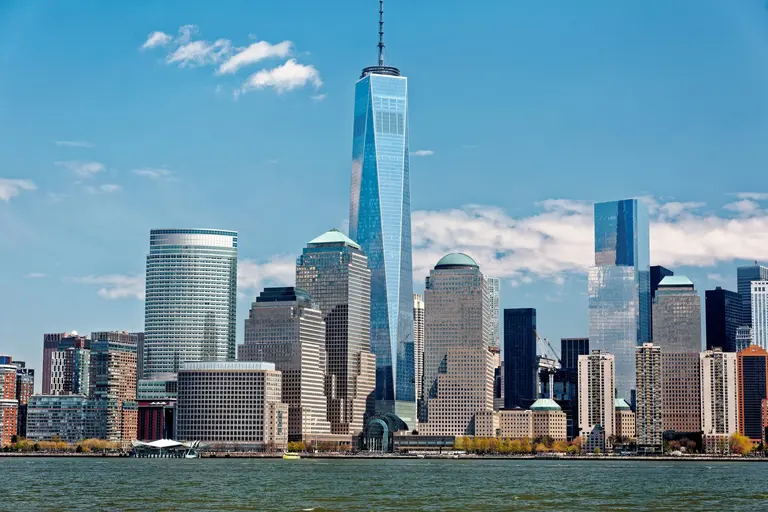



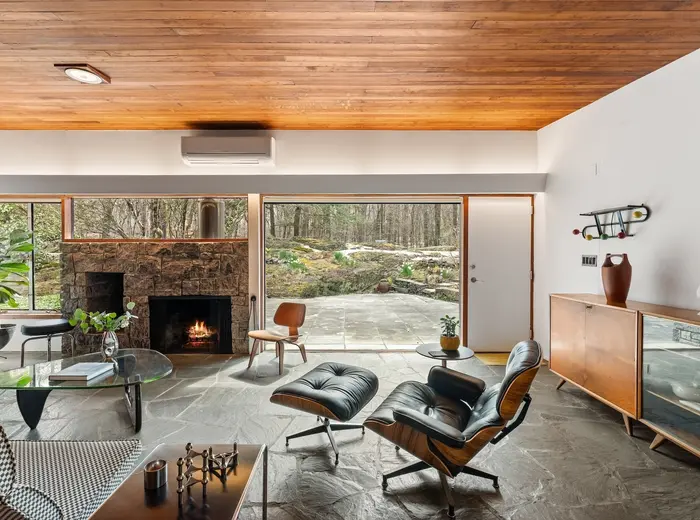
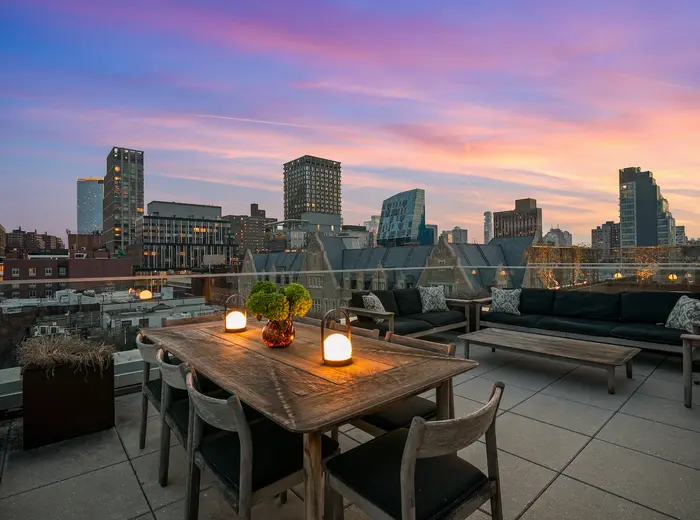
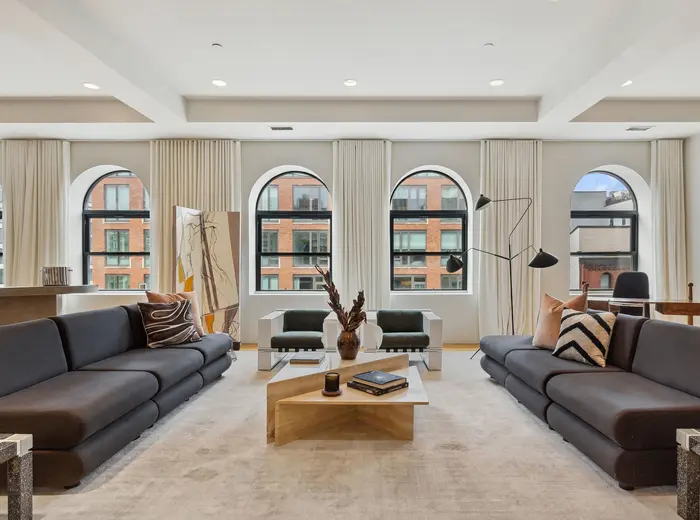
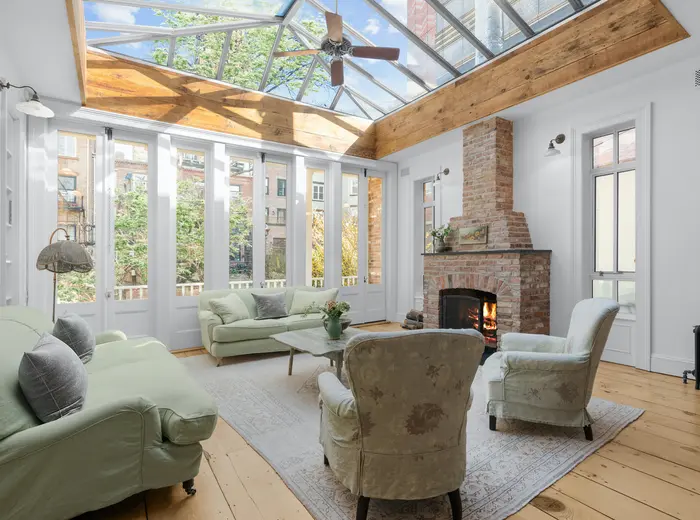
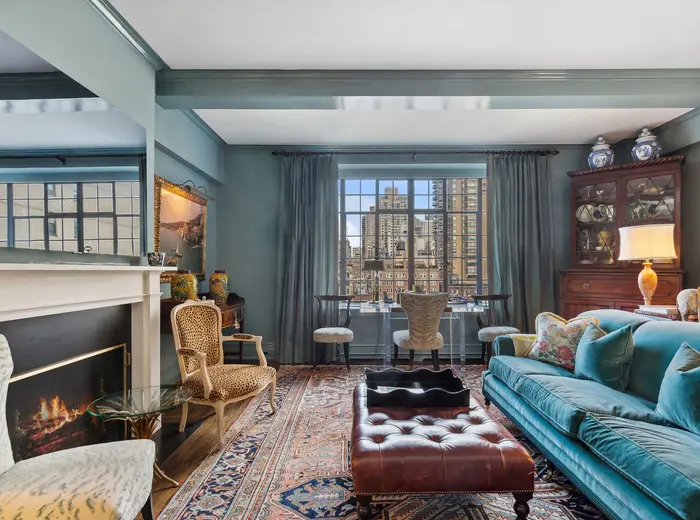
 Know of something cool happening in New York? Let us know:
Know of something cool happening in New York? Let us know: